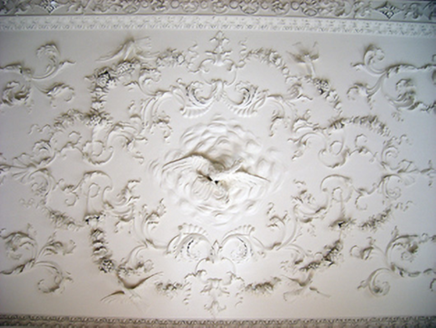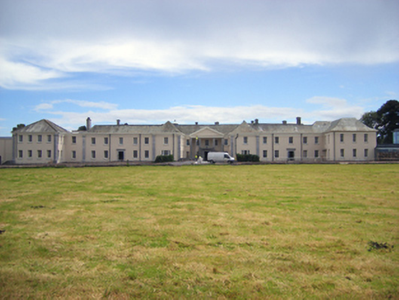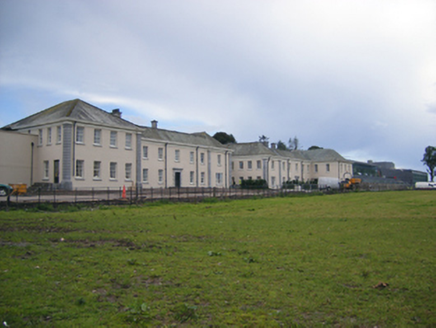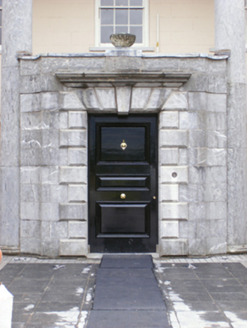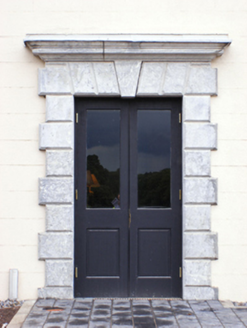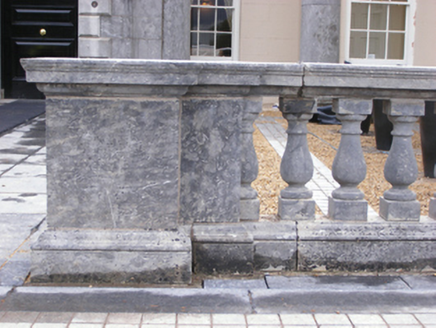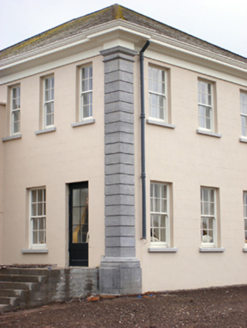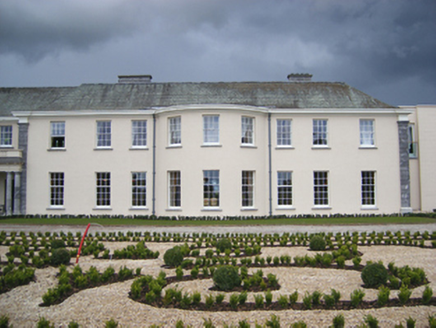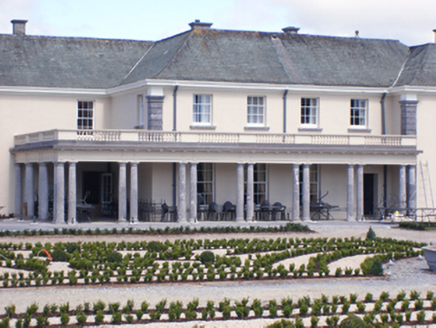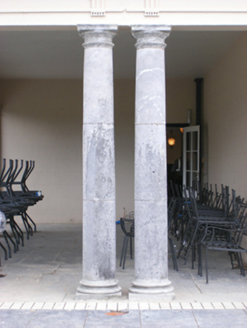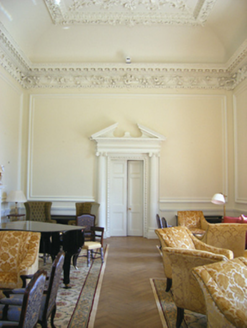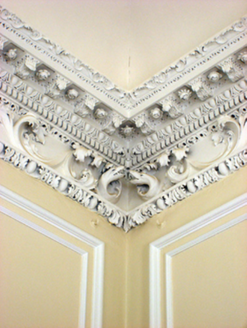Survey Data
Reg No
20825002
Rating
Regional
Categories of Special Interest
Architectural, Artistic, Historical, Social
Original Use
Country house
Historical Use
Monastery
In Use As
Hotel
Date
1720 - 1740
Coordinates
195724, 73169
Date Recorded
17/07/2007
Date Updated
--/--/--
Description
Detached twenty-five-bay two-storey former country house, built c. 1730, enlarged and remodelled, 1764-71, various subsequent alterations, later used as convent and school, now in use as hotel. Comprising five-bay recessed central block with integral pedimented portico to front (north) elevation having ashlar Doric columns and rendered pediment, flanked by six-bay block to west and seven-bay block to east, with projecting three-bay and four-bay terminating blocks. Full-height bow and balustrated colonnade comprising paired ashlar Doric columns with rendered entablature to rear. Sprocketed hipped slate roofs with dressed limestone chimneystacks, cast-iron rainwater goods and render frieze and cornice. Lined-and-ruled rendered walls with rusticated limestone pilasters. Square-headed openings with cut limestone sills and six-over-six pane timber sliding sash windows, those to ground floor of bays flanking central portico having tripartite six-over-six pane flanked by two-over-two pane windows. Square-headed openings to front elevation with carved limestone Gibbsian surrounds, cornices and timber panelled doors. Carved limestone balustrade to front of main entrance. Retains interior features.
Appraisal
House is unusual in plan and elevation owing to alterations running over three centuries. Exceptionally wide front façade having rarity of three entrances. Variation in roof line adds interest to the façade, as too do well-executed pilasters and pediments. Built by Henry Boyle, Speaker of the Irish House of Commons, Ist Earl of Shannon, it was enlarged and remodelled in 1764-71 by the second Earl. The Ballroom completed in 1771, was described as one of finest rooms in Ireland by Arthur Young. Intricate and well crafted Rococo plasterwork adds much decorative interest to interior and is attributed to the Franchini brothers. Continues to have strong influence on local village.
